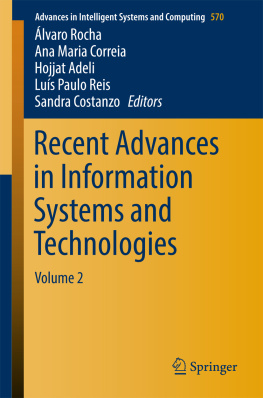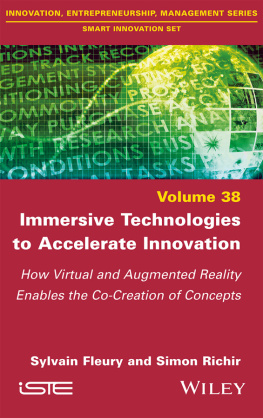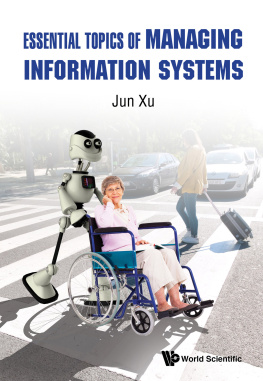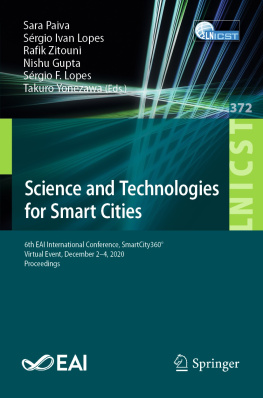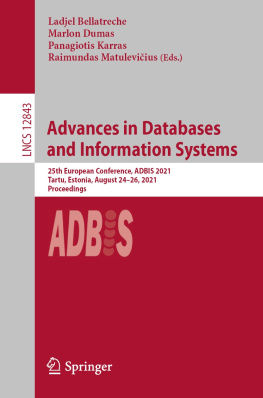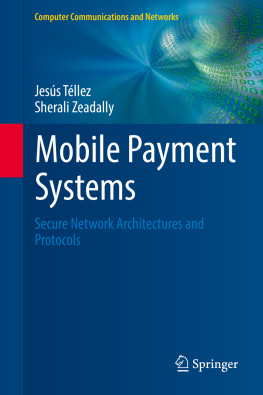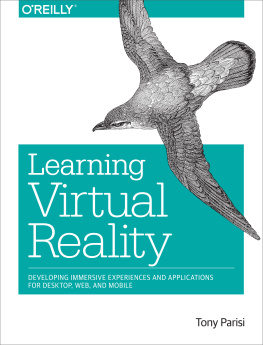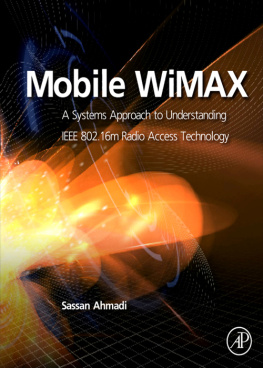Introduction
Energy efficiency as a policy objective refers to commercial, industrial competitiveness and energy security benefits, as well as increasingly to environmental benefits such as reducing CO2 emissions [].
Energy efficiency is a concern with two main motivations. On one hand the environmental motivation, related to the reduction of wastes that aims to reduce CO2 emissions. On the other hand, the economic motivation, which stems from the reduction of costs sustained by the operators to keep the network up and running at the desired service level and their need to counterbalance ever-increasing cost of energy [].
A conclusion that energy efficiency investment offers a high payoff in induced jobs and is generally the least cost and often the most readily implementable approach and that more energy efficiency can diminish the need for both additional fossil fuel plants and new renewable energy sources is presented by [].
A study presented by [] concludes that conventional energy efficiency technologies can be used to decrease energy use in new commercial buildings by 2030% on average and up to over 40% for some building types and locations.
An application of enterprise energy monitoring system which is based on IoT (Internet of Things) architecture and incorporates several technologies, such as digital instrumentation, communications networks, centralized management, decentralized control and remote monitoring is proposed by [].
A study proposed by [] concludes that even the most advanced performance monitoring tool needs motivated end-users, who, supported by proper energy awareness services, will make energy efficient decisions and change established operational procedures and routines.
Another important application of energy monitoring based in IoT stands for a supervising system for solar photovoltaic power generation that can greatly enhance the performance, monitoring and maintenance of the plant that is presented by [].
A real-time energy consumption monitoring system was presented for large public buildings, which is beneficial for energy saving and helps to establish the building energy consumption performance evaluation is proposed by [].
A real-time, low-cost, wireless AC monitoring system based on ATmega 328P-PU microcontroller that is capable of acquisition and processing of the data measured by smart meter is proposed by [].
This paper describes the iPlug system, developed by the authors, which aims to ensure, autonomously, accurately and simultaneously, the energy consumption monitoring of electrical devices. The system consists on a low cost energy monitoring system based on IoT, developed using Arduino, ESP8266 module for Wi-Fi connection to the Internet and micro sensors, for storage and availability of monitoring data on a Web portal in real time. This system is capable to monitor the power consumption of the devices connected to it considering the current consumed by the equipment and the mains voltage. The equipments power consumption data can be accessed via Web portal ( iPlug Web) or mobile application ( iPlug Mobile) but is also possible to connect and disconnect the electrical equipment by sending ON/OFF commands remotely. Monitoring identifies energy waste points or excessive consumption of damaged devices. After monitoring of consumption the user can also proceed to the analysis in order to change behaviours that allow energy efficiency.
Technical Solution
The iPlug system is an automatic energy monitoring system that allows the user, such as the building manager, to know, in real time, the energy consumption of the electrical device connect to the system.
The data collected is store in a SQL SERVER database using Web services developed in ASP.NET C# and the end user can access the data from the Web portal iPlug Web built in the same technologies. After login, the end user can access the iPlug Web and get all the energy monitoring information but is also possible to turn ON or OFF the device connect to the system.
The monitoring data is shown as numeric values or in a chart form and this portal also allows the user to keep the parameters history. Providing a history of changes, the system helps the user to analyse precisely and detailed the use and consumption of electrical devices. This can give important data to decide on possible interventions to improve energy efficiency in the building.
The iPlug Web is also equipped with a powerful alerts manager that advises the user when a specific electrical device have a not normal energy consumption for that the user have to configure the electrical parameters of the electrical device that will be monitored.
The wireless communication is implemented using the ESP8266 module which implements the IEEE 802.11 b/g/n networking protocol a family of specifications developed by the IEEE for WLANs. The IEEE 802.11 standard supports radio transmission within the 2.4 GHz band [ schematically illustrates the system architecture used in the iPlug solution.
Fig. 1.
iPlug system architecture.
The iPlug hardware is built using the embedded Arduino UNO microcontroller, an open-source platform that incorporates an Atmel AVR microcontroller []. In order to improve system accuracy an electric circuit is designed to measure the supply voltage, which will be explained in detail later.
To control the electrical divide remotely the iPlug uses an electromechanical relay that allows to control devices with up to 10 A and 250 V [].

